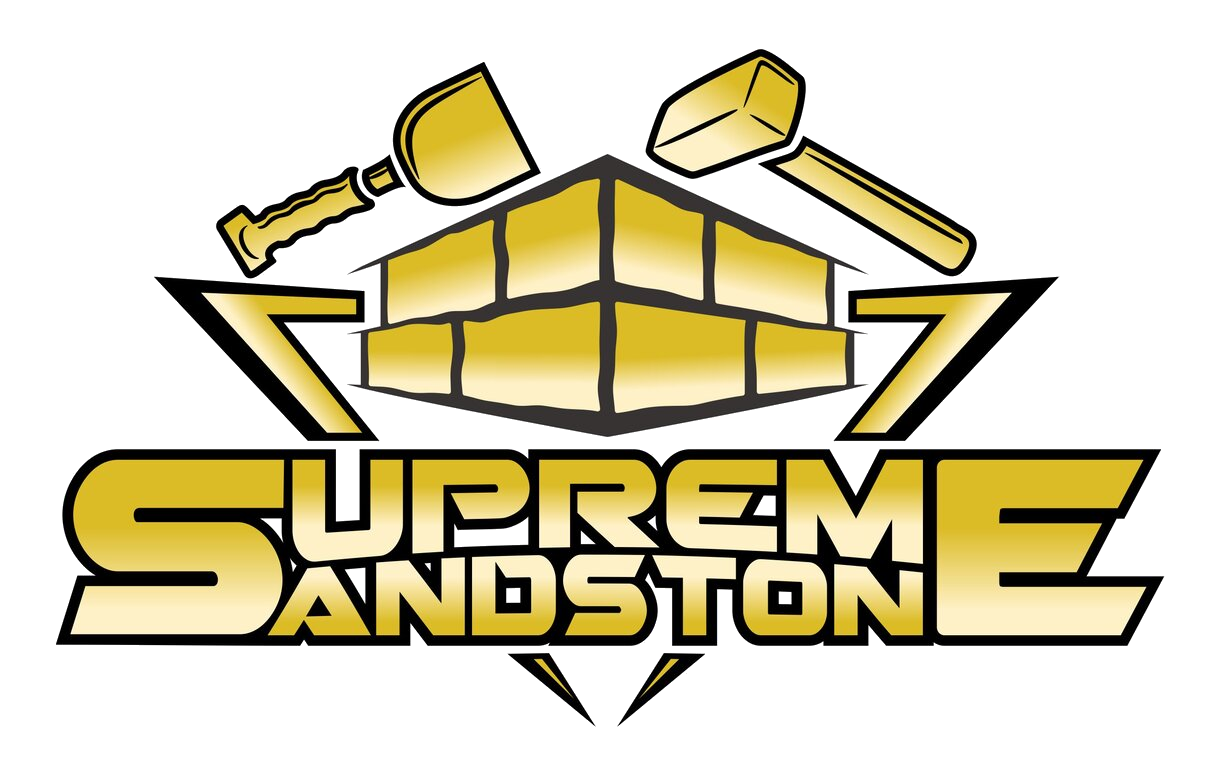C-Grade Sandstone Blocks
Many people we come across who want a sandstone retaining wall often get confused when asked if they prefer A, B or even C grade blocks. What’s the difference, you say?
So we have done a breakdown of the differences between the sandstone block grades and some easy-to-understand differences that may limit your choices of suitability for your project. Over the month of April & May we will publish an article on each grade to help you gain a better understanding of the three options of sandstone.
This week, our focus is on C grade Sandstone blocks. C grade is our cheapest option of block. Quarries often sell these blocks as leftovers, the blocks that weren’t good enough to make it into the A/B grade tolerances. Something to note if you are considering using C grade sandstone blocks for your retaining wall is that, as mentioned above, they’re seconds/leftovers. It isn’t common for quarries to do a cut of the earth to produce only C grades, as they would generate less of a profit in doing so. Because of this factor, C grades are not always readily available and creating your project to be on a waitlist for materials–which could take months!
For example, A quarries machine does a cut of 100 blocks, 10 do not meet the tolerances for a B grade, they’re put aside in a second’s pile. 2 weeks later (think colour changes of the different layers of the earth) the machine is cutting into a different seam and the stone is soft, creating some breakaway of excess stone which creates uneven length and widths, the blocks that do not meet the A/B tolerances will be placed in the seconds pile. This, of course, is just an example to explain the colour inconsistencies in a C grade block and the process of how often they may become available. *
Imagine these block tolerances:
From front to back varying in 200mm + or -
(it is a regular occurrence where one whole end is missing from the block)
- The block’s height 80mm + or -
- Approx. length from 800 to 2200
Each quarry that we deal with will have different tolerances they deem for each grade of block. The above listed are a combination of the common ‘C grade’ tolerances we deal with. Although some quarries may have different tolerances, so it always pays to ask the question.
C grade sandstone blocks are favoured by those who are on a tight budget. However, if you are a visualizer, I will challenge you to envision a straight neat wall made of blocks with the above tolerances. C grade walls are a cheaper material but by far take the most labour time to bolster and lay to ensure the structural integrity isn’t compromised by out of shape blocks. Majority of licensed and qualified Structural Landscaper/Builder/Stonemason will have the experience to shape the blocks to ensure the wall is straight and neat with their specialist tools (if this is the look you’re after).But this again, highlights the amount of labour required to ensure your wall lives up to your expectations.
It is a common phrase “C grade walls are only suitable for a single course in height or walls that won’t be seen” as some perceive the rough edginess as an eyesore. At the end of the day it comes down to the look you’re after and how talented your tradesperson is. We have completed a number of C grade walls, some bolstered, some left with the natural rough edge as each client has a different vision.
As sandstone is a natural product from the earth, some chips, cracks and colour inconsistencies should be expected. This forms part of the beautiful natural flaws of sandstone.
Make sure you check out our Instagram Supreme_Sandstone for more examples of C-grade retaining walls.
** Our knowledge is based off the quarries we deal directly with in NSW, some quarries may operate differently. So, we recommend asking your chosen quarry how often C grades become available.
